Search by alphabetical topics All ABCDEFGHIJKLMNOPQRSTUVWXYZ
-
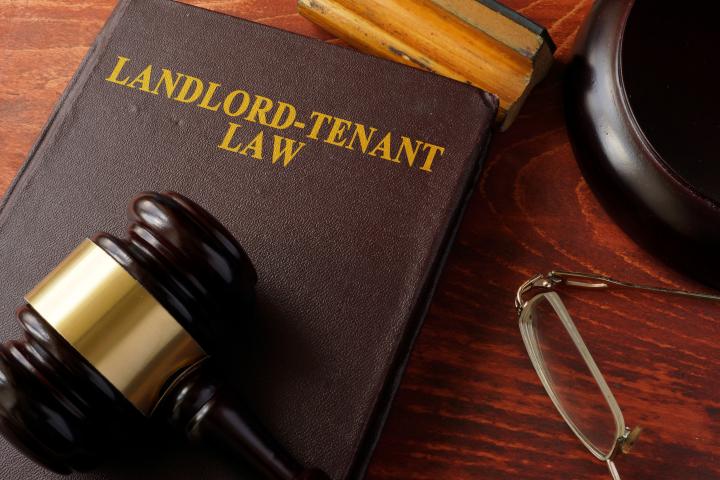 Civil Procedure Rules (CPR)
Civil Procedure Rules (CPR)Civil Proceduat www.justice.gov.uk
These are the rules of civil procedure used by the Court of Appeal, High Court of Justice, and County Courts in England and Wales
-
 Civil Proceedings.
Civil Proceedings.If violence is used, then the tenant is entitled to call the Police. The Police will be reluctant to prosecute if no violence is used and will advise the tenant to obtain legal advice to start civil legal proceedings in their local County Court. The tenant can make an application for an Injunction and Damages against the landlord to prohibit acts of harassment and illegal eviction.
-
Contract
Causes of Action: Contract
- Once in a tenancy agreement and one party does not abide by the agreement the other party can sue for breach of contract. The non-defaulting party will be entitled to put back into the positon they were in prior to the breach of contract.
-
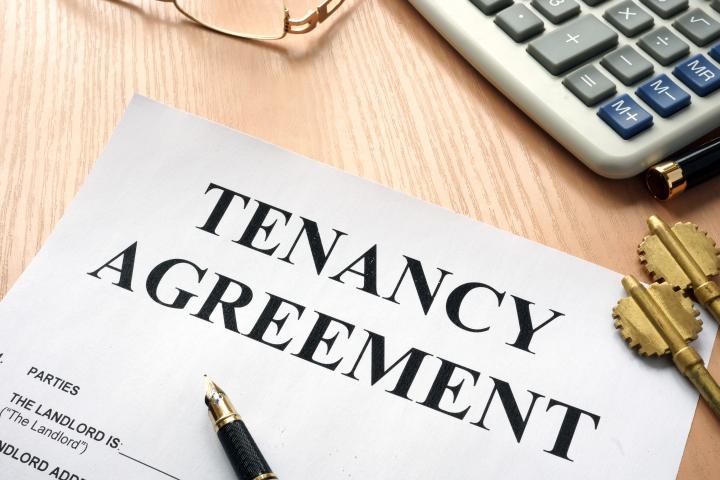 Court Costs
Court CostsIn the event of a possession order being made the tenant may be required the pay the legal costs of the landlord commencing possession proceedings
-
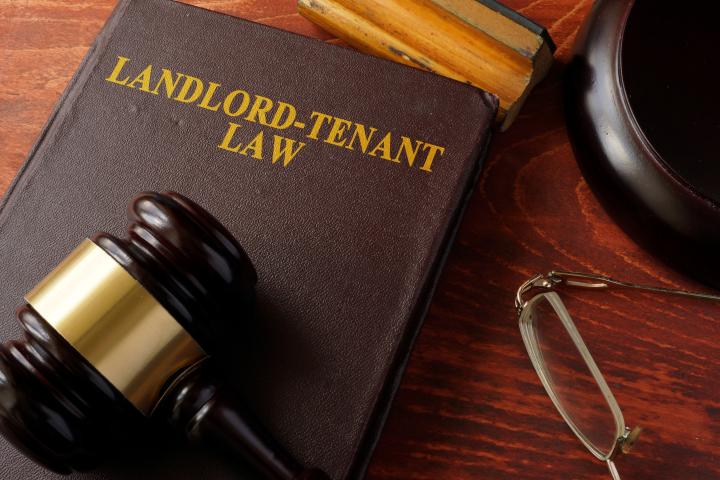 Court Orders
Court OrdersOutright Possession Order
The judge will issue an outright possession order to the tenant(s) to vacate a property on a specific date. If the tenant(s) fail to vacate a property on the specific date given, the landlord can proceed and apply for a Warrant of Eviction.
The judge can postpone the possession order of the property for a total of 42 days if the tenant(s) provide satisfactory arguments or proof that he/she/they would suffer extreme or exceptional hardship if they were forced to leave the property early.
Otherwise the outright possession order is served after the hearing which can take effect immediately (or within 14 to 28 days after the court hearing).
Under this condition, the tenant(s) can be awarded some sort of relief on the possession order after the court hearing. The tenant(s) can remain in the property on specific conditions:
If the tenant(s) respect the conditions attached to the suspended possession order which can be the result of rent arrears, the tenant(s) will stay on the condition that the current monthly rent is paid in full plus a proportion of the arrears to clear the outstanding debt on the rent.
If the tenant(s) failed to comply with the new arrangement following the suspended possession order, the landlord can apply to the court for bailiff assistance to evict the tenant(s).
-
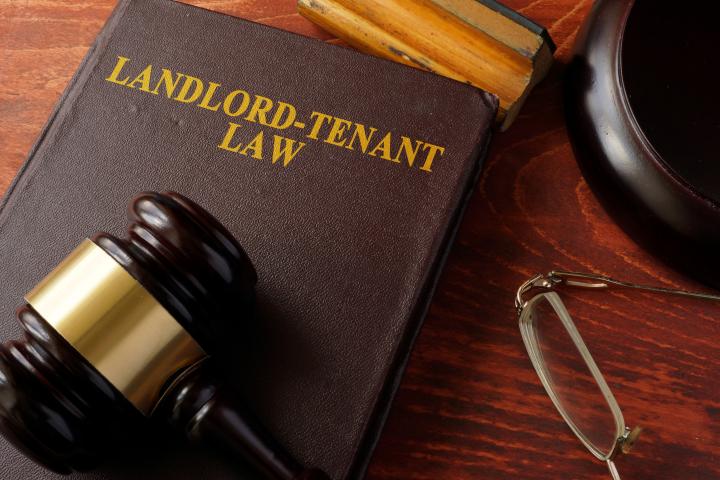 Court Orders
Court OrdersOutright Possession Orders
This will require the tenant to vacate the property by a specified date. A Warrant of Eviction will need to be applied for by the landlord if the tenant does not leave the property by this date.
The possession can take place forthwith after the hearing or with 14 or 28 days. If the tenant can show that they will suffer exceptional hardship by leaving early then the possession can be postponed by up to 42 days by the Judge.
-
 Court Orders
Court Orders- This will require the tenant to vacate the property by a specified date. A Warrant of Eviction will need to be applied for by the landlord if the tenant does not leave the property by this date.
- The possession can take place forthwith after the hearing or with 14 or 28 days. If the tenant can show that they will suffer exceptional hardship by leaving early then the possession can be postponed by up to 42 days by the Judge.
-
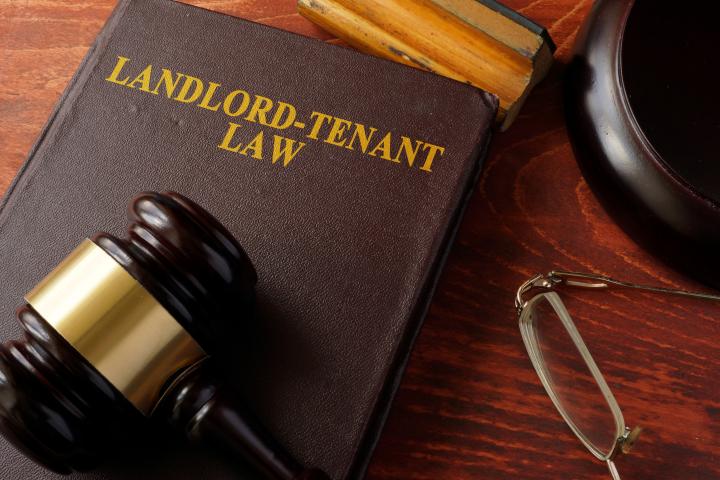 CPR 55.12 Requirements
CPR 55.12 RequirementsAn assured short hold tenancy was granted after 15/1/1989,
Its only purpose is to recover possession.
The tenancy did not automatically follow an Assured tenancy which was not an Assured short hold tenancy.
The tenancy is subject to a written agreement or follows a tenancy where there was a written tenancy.
A Section 21(1)(b) or Section 21(4)(a)Notice has been served.
If the Accelerated Possession Procedure has been used a copy of the Claim form and a Response pack will be issued to the tenant from the local County Court. If a defence is filed within 14 days by the tenant the judge will decide if a hearing should be scheduled for a Court hearing. If no defence can be found by the judge then a possession order will be made without a Court hearing.
Which Court
Any claim for possession will be commenced is the County Court which is local to the occupied property. Local court locations can be found at https://www.courttribunalfinder.service.gov.uk.
-
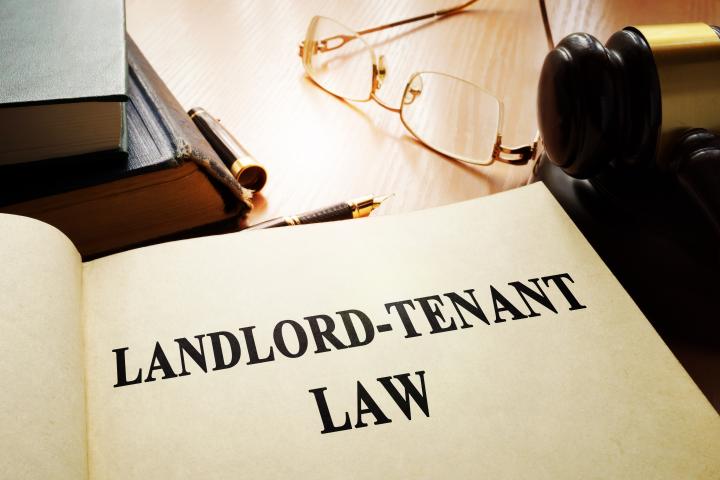 CPR 55.12 Requirements
CPR 55.12 RequirementsAn assured short hold tenancy was granted after 15/1/1989,
Its only purpose is to recover possession.
The tenancy did not automatically follow an Assured tenancy which was not an Assured short hold tenancy.
The tenancy is subject to a written agreement or follows a tenancy where there was a written tenancy.
A Section 21(1)(b) or Section 21(4)(a) Notice has been served.
If the Accelerated Possession Procedure has been used a copy of the Claim form and a Response pack will be issued to the tenant from the local County Court. If a defence is filed within 14 days by the tenant the judge will decide if a hearing should be scheduled for a Court hearing. If no defence can be found by the judge, then a possession order will be made without a Court hearing.
-
 DAMP
DAMPDamp
In simple terms damp in a property is caused by a lack of proper ventilation for water vapour generated in the property to escape. In such cases the property is not adequately equipped to deal with the level of water vapour. This may be due to:
- Insufficient heat in the property
- Inadequate insulation
- Lack of ventilation
- An excessive production of vapor
How to detect dampness in your rental property:
- Mould spores
- Infestation by house mites
- Destruction of furniture
- Condensed water on cool surfaces and walls and plaster fittings.
Consequences
- The presence of deep condensation or dampness in the property creates mould growth, excessive humidity and in rare cases insect infestation.
- Effect on tenants
- Excessive dampness can cause mould growth which puts the tenant’s health and safety at risk. We can say that such property is unfit for habitation and tenants can make a claim under the Landlord and Tenant Act 1985 s9A (LTA 1985 s9A) which could require an immediate remedy of the defect in the property which is now deemed unfit for habitation.
- When the landlord agreed to keep the property fit to live in or in a good condition as part of the tenancy agreement the landlord may have broken the terms of the agreement where the dampness in the property causes mould to build up due to the acute condensation, which is return causes the property to be uninhabitable or in a condition consequently not fit to live in.
- A claim can be brought where mould growth presents a risk to the well-being and safety of the tenant who is now living in the property.
- Ombudsman
- Since April 2013 the housing ombudsman has the responsibilities for complaints about housing management matters, including disrepair's, condensation and property unfit to live in issues covering both housing association tenancies and local councils’ tenancies.
- Bear in mind that there will be some exceptions to the rule under the Landlord and Tenant Act 1985 s9A.
There are certain exceptions:
- The landlord is not responsible for unfitness of the property if the cause is directly attributed to the tenant’s failure to behave in a tenant-like manner (s.9A(2)(a)),
Example
- If the cost of the heating provided by the tenant’s chosen heating provider is high and the tenant is unable to pay the heating costs to provide adequate heating to the property and consequently damp occurring and causing the property to be unfit to live in.
- The landlord is not under any obligation to rebuild or reinstate the property in the case of destruction or damage by, flood, storm, fire, or other accident (an act of nature as we commonly describe them).
Example
- An unforeseen storm destroys part of or the whole property and makes it unfit for living where the roof has sustained some damage and where the interior is exposed to the elements.
- The landlord is not under any obligation to maintain or repair anything the tenant is entitled to remove from the property including furniture and appliances.
- The landlord is not under any obligation to carry out works or repairs which will put him/her in breach of any obligation imposed by a third party such as undertaking work or repairs without obtaining planning permission, or without asking the permission of the freeholder of the land, or disrupting an order to maintain a conservation area requirement and the landlord has made reasonable steps to get the relevant consent, but which has not been given.
Search by alphabetical topics
All
ABCDEFGHIJKLMNOPQRSTUVWXYZ




